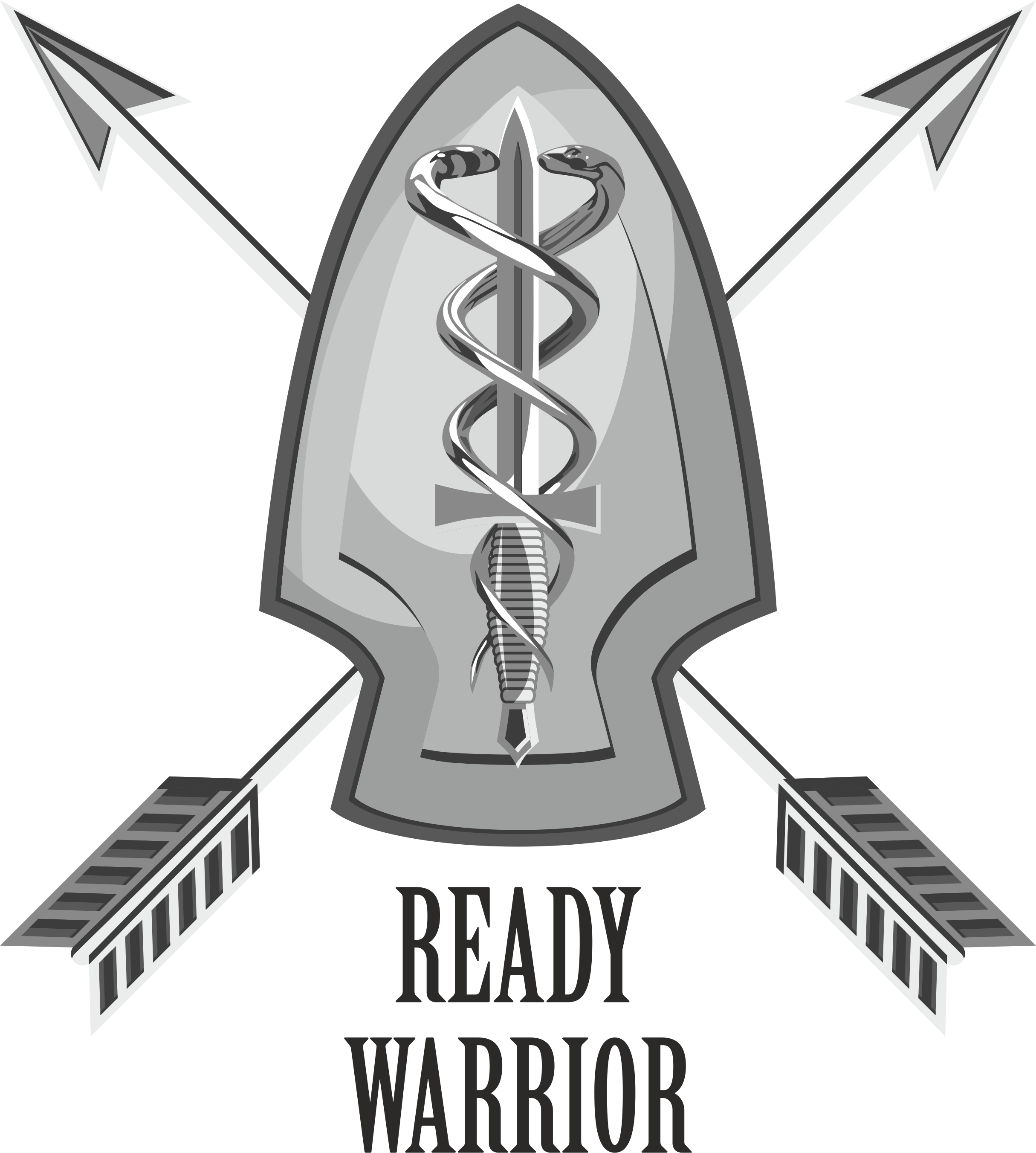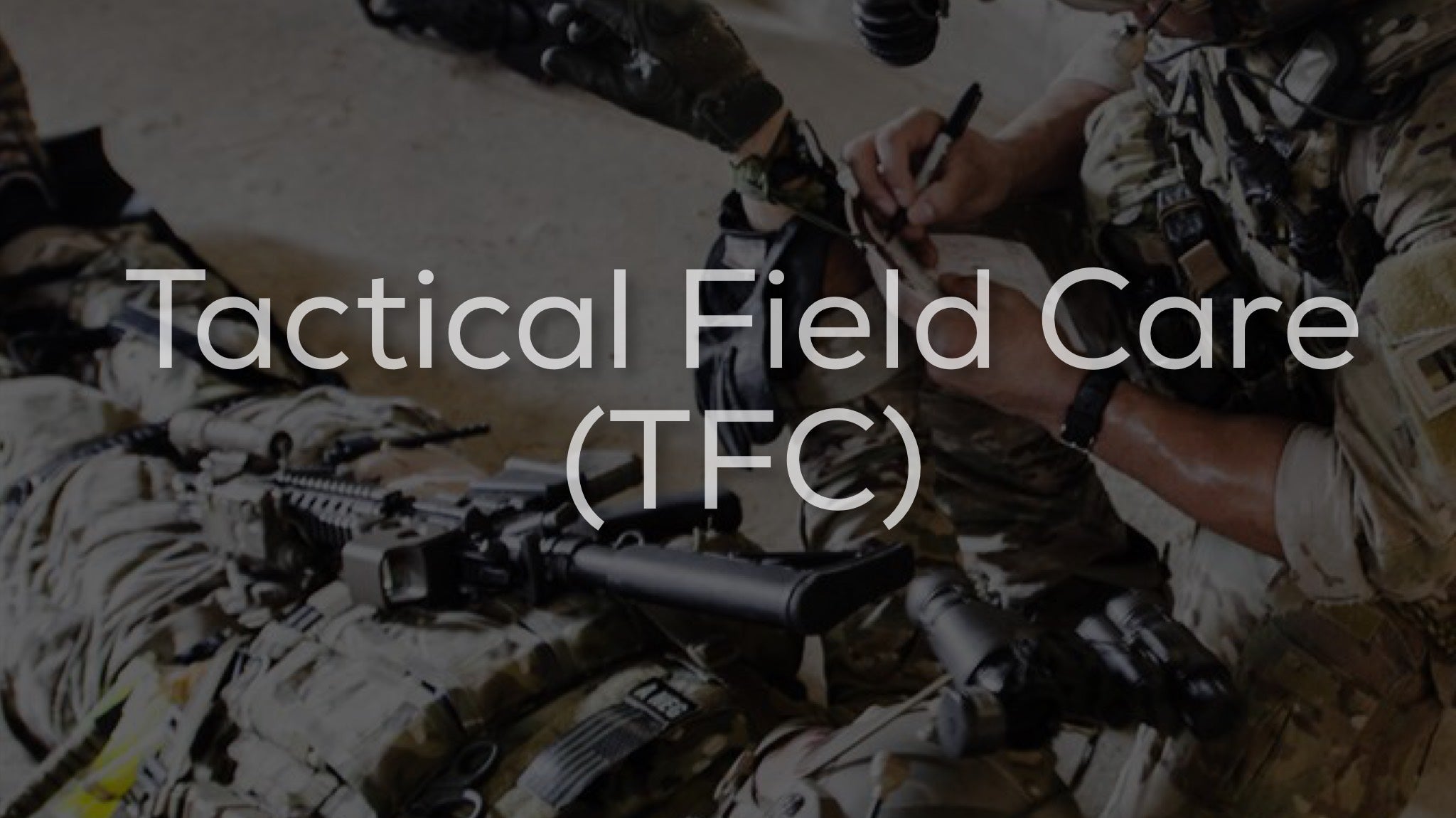The Silver Bullet Blog
Tactical Field Care (TFC)
Tactical Field Care (TFC) comes after the Care Under Fire (CUF) portion of TCCC. To sum up Care Under Fire, it’s essentially “Return fire and take cover, tell casualty to...
As former SF medics (Green Berets) we know what it takes to do the job quickly and accurately. We are actively creating products to assist ALL military medics. We take pride in only offering products that we would use ourselves.

Sign up for exclusive offers, original stories, events and more.
Entice customers to sign up for your mailing list with discounts or exclusive offers.
